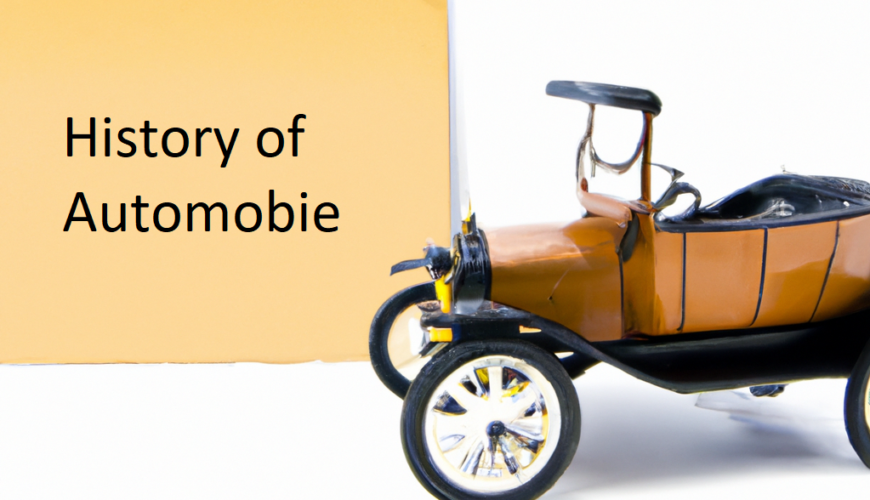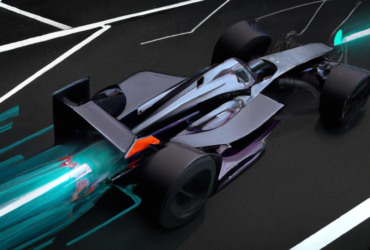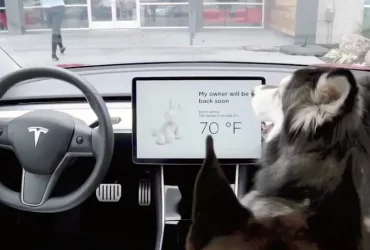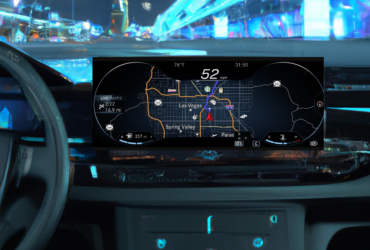
The history of automobile is interesting than you thing!
The first steam-powered cars appeared in the late 18th century, beginning a lengthy and intriguing history of the automobile. However, the modern vehicle as we know it today did not start to take shape until the internal combustion engine was developed in the 19th century. Karl Benz created the first successful gasoline-powered automobile in Germany in 1885. The first automobile to receive a design patent was Benz’s three-wheeled Motorwagen, which he created and built himself. It was propelled by a single-cylinder gasoline engine. Charles and Frank Duryea created the first gasoline-powered automobile in the US in 1893. A compact, light-weight automobile called the Duryea Motor Wagon was created to be driven on the rough, unpaved roads of the time.
The automobile industry flourished in the ensuing decades as numerous businesses competed to produce the greatest and most well-liked cars. With over 15 million units sold, Henry Ford’s Model T, which debuted in 1908, ranks among the most recognisable and popular cars of all time. The automobile industry grew and changed throughout the 20th century, seeing the emergence of new technologies including self-driving cars, hybrid vehicles, and electric vehicles. The automobile is now a necessary component of life for many people all over the world, and the industry is continuing to grow. Early in the 20th century, the automobile industry started to develop, and the emphasis moved from creating cars for a small market to mass producing cars for a larger market. The Model T was created on an assembly line, which revolutionised the industry and reduced the cost of cars for the average person.
The automotive industry expanded dramatically in the 1920s and 1930s, with numerous new businesses entering the market and providing a large selection of automobiles. The development of the vehicle, which allowed people to travel farther and created new chances for leisure and pleasure, also had a big impact on society. The automobile industry saw yet another shift in the 1950s and 1960s as a result of the development of new technology including power steering, air conditioning, and automatic transmission. These advancements increased the comfort and convenience of driving and boosted the appeal of larger, more opulent automobiles.
The automobile industry saw new difficulties and opportunities in the late 20th and early 21st centuries. Electric and hybrid vehicles, which release fewer greenhouse gases and pollutants, were developed in response to growing concerns about climate change and air pollution. As more and more people choose to use ride-sharing services rather than own a personal vehicle, the traditional model of car ownership has also been affected by the growth of ride-sharing businesses like Uber, OLA, DiDi, and Lyft. Despite these difficulties, the automotive sector continues to be a key component of the world economy, and the automobile’s continuous advancement and evolution will undoubtedly have a big impact on society in the future.
The automobile business has had a number of difficulties recently, including heightened competition, shifting consumer preferences, and worries about the environmental effects of vehicles. Many businesses have embraced new technology to address these issues, such as electric and hybrid cars that release less emissions and use less energy. The vehicle industry has become more sustainable because to these advancements, which have also created new growth prospects.












